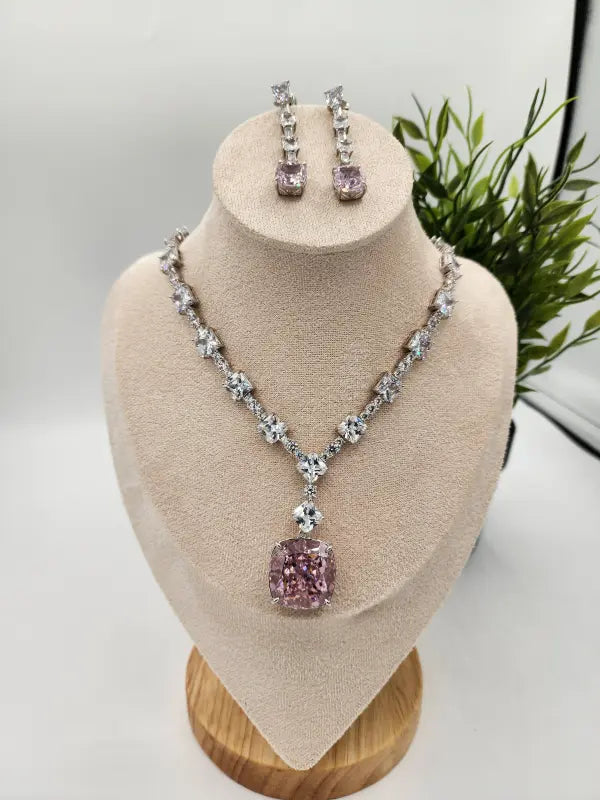Pattachitra, also known as Patachitra, is one of the most ancient and revered forms of traditional art in India. This cloth-based scroll painting, deeply rooted in the cultural and religious heritage of eastern India, particularly in the states of Odisha, West Bengal, and parts of Bangladesh, is celebrated for its intricate details, vivid colors, and captivating narratives.
Etymology and Meaning

The word "Pattachitra" is derived from two Sanskrit words: "paṭṭa," meaning cloth, and "chitra," meaning picture. As the name suggests, Pattachitra is an art form that involves painting mythological stories, folktales, and religious themes on cloth or other mediums such as palm leaves and paper. These paintings are not just visual depictions; they are stories that have been passed down through generations, reflecting the cultural and religious ethos of the regions where they originated.
Geographical Origins and Significance

Pattachitra has a strong presence in the eastern Indian states of Odisha and West Bengal, as well as in parts of Bangladesh. In Odisha, the art is predominantly practiced in regions like Raghurajpur, Puri, and other nearby villages. These areas are known for their rich artistic traditions and are often referred to as the cultural heartlands of the state. In West Bengal, the art is practiced in districts like Birbhum, West Midnapore, and Jhargram, with Pingla being particularly famous for its vibrant Patachitra paintings.
Historical Context and Evolution

The history of Pattachitra is deeply intertwined with the religious practices and temple traditions of Odisha and West Bengal. In Odisha, Pattachitra was originally created for ritualistic purposes and as souvenirs for pilgrims visiting the famous Jagannath Temple in Puri. These paintings often depicted scenes from Hindu mythology, especially stories related to Lord Jagannath, an incarnation of Lord Vishnu. Over time, the art form evolved, incorporating various themes and narratives, but its connection to religious and cultural traditions remained strong.
In West Bengal, Patachitra served as a visual aid in the performance of songs, making it a vital component of the region's narrative art traditions. These paintings were often accompanied by a form of musical storytelling, where the artist would sing while unfurling the scroll to reveal different scenes of the story.
Materials and Techniques

Pattachitra is traditionally created on cloth, but other mediums like palm leaves and paper are also used. The colors used in these paintings are derived from natural sources, ensuring that they remain vibrant for years. The process of creating a Pattachitra painting is meticulous, starting with the preparation of the canvas, followed by sketching, and finally, the application of colors. The themes of these paintings are predominantly religious, depicting scenes from the lives of Hindu deities like Krishna, Rama, and Durga.
Cultural Impact and Recognition
Pattachitra has gained recognition not just within India but also internationally for its artistic excellence and cultural significance. The Odisha Pattachitra received a Geographical Indication (GI) tag on July 10, 2008, and the Bengal Patachitra followed on March 28, 2018. These GI tags help preserve the authenticity of the art form and protect the traditional knowledge and skills of the artisans.
FAQs on Pattachitra
- What is Pattachitra?
- Pattachitra is a traditional cloth-based scroll painting from eastern India, particularly Odisha and West Bengal. It features intricate details and often depicts mythological stories and religious themes.
- What materials are used in Pattachitra art?
- Traditional Pattachitra paintings are made on cloth, but they can also be created on palm leaves and paper. Natural colors derived from minerals and plants are used to ensure vibrancy and longevity.
- Where did Pattachitra originate?
- Pattachitra originated in the eastern Indian states of Odisha and West Bengal. It was initially created for ritualistic purposes and as souvenirs for pilgrims visiting temples, such as the Jagannath Temple in Puri.
- What themes are commonly depicted in Pattachitra paintings?
- Common themes in Pattachitra paintings include scenes from Hindu mythology, stories of deities like Krishna and Durga, and religious narratives. The paintings often serve as visual storytelling devices.
- What is the significance of the Geographical Indication (GI) tag for Pattachitra?
- The GI tag, awarded to Odisha Pattachitra on July 10, 2008, and Bengal Patachitra on March 28, 2018, helps protect the authenticity of the art form, ensuring that the traditional techniques and knowledge of the artisans are preserved and recognized.




